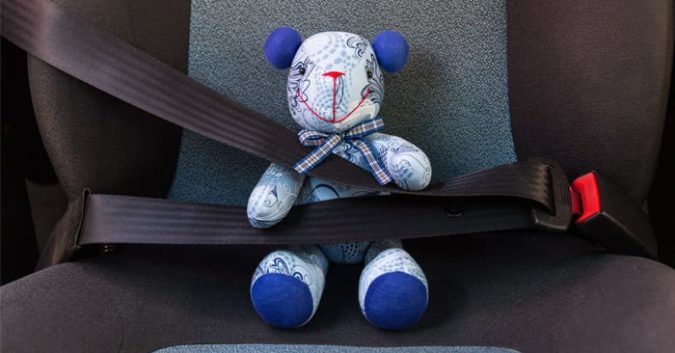2007 was a bad year for the nation’s largest toymaker, Mattel Inc. After recalling 1.5 million Chinese-made Fisher-Price toys worldwide, Mattel recalled another 9.3 million nearly 2 weeks later for lead paint and magnet hazards.
Thankfully, no children were harmed in this case. The recall was intentionally broad to avoid a repeat of 2006, when tiny magnets in Mega Brands Inc.’s Magnetix toys killed 1 child and seriously injured 4 others.
The CSPC has doubled, even tripled down on toy safety standards since then; recall numbers dropped sharply after 2008 and this year, for the first time, none involved lead. Stringent testing requirements have been known to intercept violations before they reach children’s hands. But not in every case. This December, which marks Safe Toys and Gifts Month, is a reminder that children are still being injured – and that some are more at risk than others.
Another Year, Another Recall
According to the Consumer Product Safety Commission (CSPC), approximately 217,000 children are taken to emergency rooms for toy-related injuries. As many as 20 deaths have been reported.
The CSPC and other organizations, including Prevent Blindness America and the American Ophthalmology Association, declare December Safe Toys and Gifts Month to warn parents of the dangers even well-intentioned gifts can pose. Making better toy and gift choices can go a long way in preventing serious or fatal injuries.
“Being aware and thoughtful about what you are putting in your children’s hands is the best preventative medicine,” said American Academy of Ophthalmology spokesperson David G. Hunter. “Choose toys that are appropriate for their child’s age and abilities, as well as the parent’s willingness to supervise use of the toys.”
Seventeen toys involving 370,000 units were recalled in 2015, down from 19 million in 2007. This is a vast improvement, but recent large recalls highlight a persistent problem. Beyond lead poisoning and choking, hazards have and continue to cause falls from riding toys (such as tricycles), strangulation, burns, and drowning.
Children Most at Risk
These hazards are a particular concern among vulnerable infants and children, namely children under age 3 and those with disabilities.
At early developmental stages, children tend to put everything in their mouths and have smaller upper airways. This makes button-sized batteries and small magnets more dangerous to children under age 3 – they are toxic when swallowed.
Developmental delays present similar risks. Even safe toys can quickly turn dangerous around children with disabilities, some of whom cannot protect themselves from hazards. For birth injuries like cerebral palsy, a neurological disorder caused by doctor error, the problem is twofold: Both developmental delays and limited range of motion make these children more susceptible to injury. Just like the circumstances that caused their disability, however, toy injuries are preventable.
Think Before You Purchase
With all this in mind, it is critical to consider each unique child’s age, skills, and abilities before shopping.
Read all labels and warnings on the box. Every toy that meets American Society for Testing and Materials standards is labeled “ATSM,” crayons or markers should be labeled “nontoxic,” and electronics should be “UL Certified.” No toy should have sharp edges or points, long ropes or cords, heating elements, projectiles, or small parts that can be swallowed. None should be fragile enough to break on impact, and should ever contain lead. Be cautious about toys containing magnets or button batteries, and remember to buy sports or riding toys with protective gear.
When purchasing for children with disabilities such as cerebral palsy, choose toys that appeal to the senses. Toys with sound, movement, and texture – especially interactive ones that encourage social play – are developmentally-friendly to motor, cognitive, and perceptual skills. Consider also the size of the toy and how the child would need to position themselves to play with it.
December is a time when gifts are given to the ones we cherish and love. In all the excitement of buying children their favorite toys for the holidays, safety isn’t always top-of-mind. We trust retailers and manufacturers to consider safety for us. But remember that manufacturers make mistakes and kids will be kids.
Shop smart, supervise play, and have a safe and happy holiday.
Check CPSC.gov for product recalls, and AblePlay.org for information on safe toys for special needs children.
